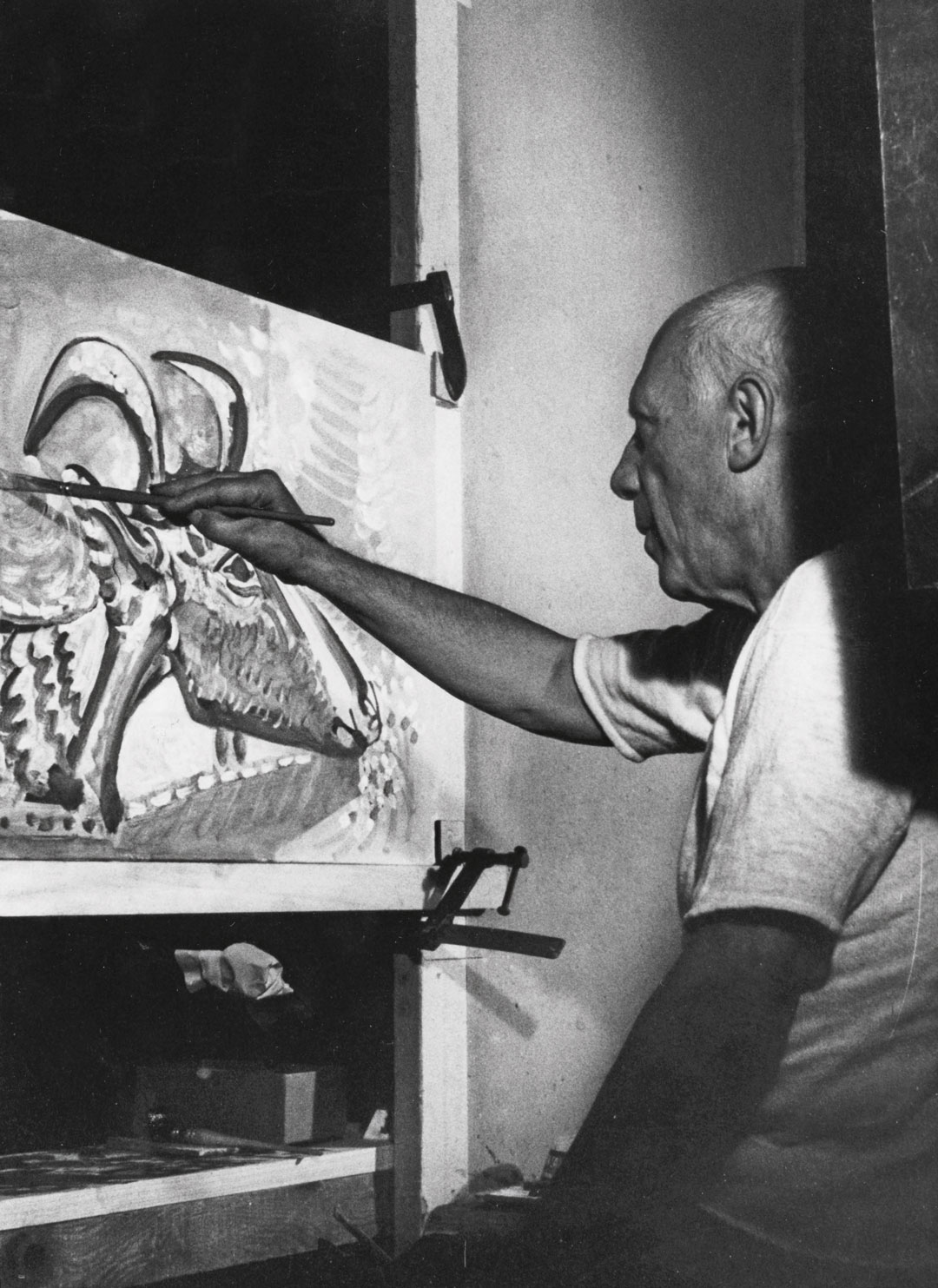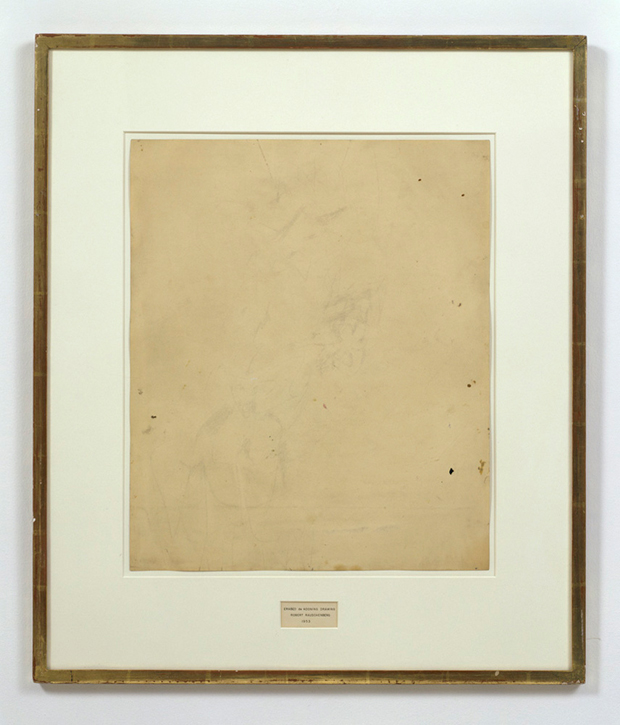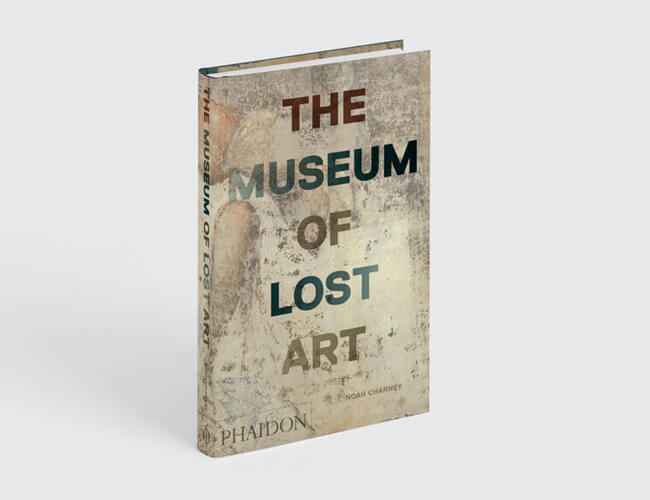Why Should the World Save Art Works From Destroying

And so why practise artists destroy their own work?
In The Museum of Lost Art Noah Charney explains how vanity and reinvention prevarication behind the urge to slash and burn down
The destruction of artworks is a largely a modernistic miracle. Every bit Noah Charney explains in his new book, The Museum of Lost Art, "Prior to the eighteenth-century rise of galleries and the art market, and especially before the industrialization of pigment production, when pigments could finally exist purchased for reasonable sums of money in tubes or canisters, raw materials for paintings and sculptures were and then expensive that it would accept been foolish to destroy them."
Nonetheless, sure works were normally washed abroad with, partly to make the final masterpiece look all the more impressive. Equally Charney explains, Michelangelo destroyed many of his drawings and preparatory sketches, in case his audience and patrons grew to view him as a laborious, meticulous creator, rather than a carefree genius.
Artists take also reworked canvases, creating now well-known works on top of quite different paintings. Every bit Charney explains, Kazimir Malevich'southward Black Foursquare and Picasso's Sometime Guitarist are both examples of early 20th century masterpieces which were – according to contempo X-Ray imaging – painted on elevation of quite dissimilar works.
Still, the rise of cheap art supplies, and a widening definition of an artist's function, brought with it a greater willingness to destroy a painting. The U.s. creative person John Baldessari burnt nigh all his early canvases in a Californian crematorium. The act – labeled the Cremation Projection past Baldessari- signaled his transition from paint to text-based art and photography.
And the German painter Gerhard Richter sought a similar sense of freedom in the early 1960s when he cut up and burned effectually threescore of his paintings on a rubbish heap.

Writer and art sleuth Noah Charney
The artist, writes Charney, "expressed mixed emotions about destroying the works, and he took time to photograph them before committing them to dismemberment and immolation. He told Der Spiegel, 'Sometimes, when I come across one of the photos, I call up to myself: That'southward too bad; you could have let this 1 or that 1 survive.' But, he admits, 'cut upwardly the paintings was always an act of liberation'."
In at least ane instance, the very act of artistic destruction yielded a new work of art. Robert Rauschenberg was no stranger to artistic destruction; in 1953, he dumped many of his unsold combines – or collage-similar sculptures – into the river Arno in Florence.

Robert Rauschenberg and Willem de Kooning, Erased de Kooning, 1953, traces of drawing media on newspaper with characterization and gilded frame, 64.14 × 55.25 cm (251/iv × 213/4 in), San Francisco Museum of Mod Art
However, afterwards that twelvemonth, Ruschenberg likewise got rid of another artist'due south works, when he erased a drawing by Willem de Kooning. The newly cleaned piece of paper is, as Charney notes, "loaded with symbolism. A collector is entitled to destroy art that he has legally purchased, only if an artist destroys the work of some other creative person, the effect is a new piece of work of fine art."
Perhaps this new piece of work is all the more than remarkable, given de Kooning's cooperation.
"Rauschenberg is said to accept gone to de Kooning's studio and expressed his involvement in erasing i of his drawings as an artistic act; de Kooning, intrigued, offered him 1," explains Charney. "In fact, the older artist played along eagerly, deciding that it was not sufficient to give Rauschenberg a cartoon he would have discarded anyway, nor one in pencil, which was too like shooting fish in a barrel to erase completely. Instead, he provided a multimedia work that included both ink and crayon. Rauschenberg devoted a month of off-and-on rubbing to go the paper mostly articulate."

The Museum of Lost Art
To notice more about both these works, and many others lost to fine art museums, nevertheless preserved in Charney'south new volume, club a copy of The Museum of Lost Art hither.
Source: https://www.phaidon.com/agenda/art/articles/2018/may/09/so-why-do-artists-destroy-their-own-work/
Post a Comment for "Why Should the World Save Art Works From Destroying"